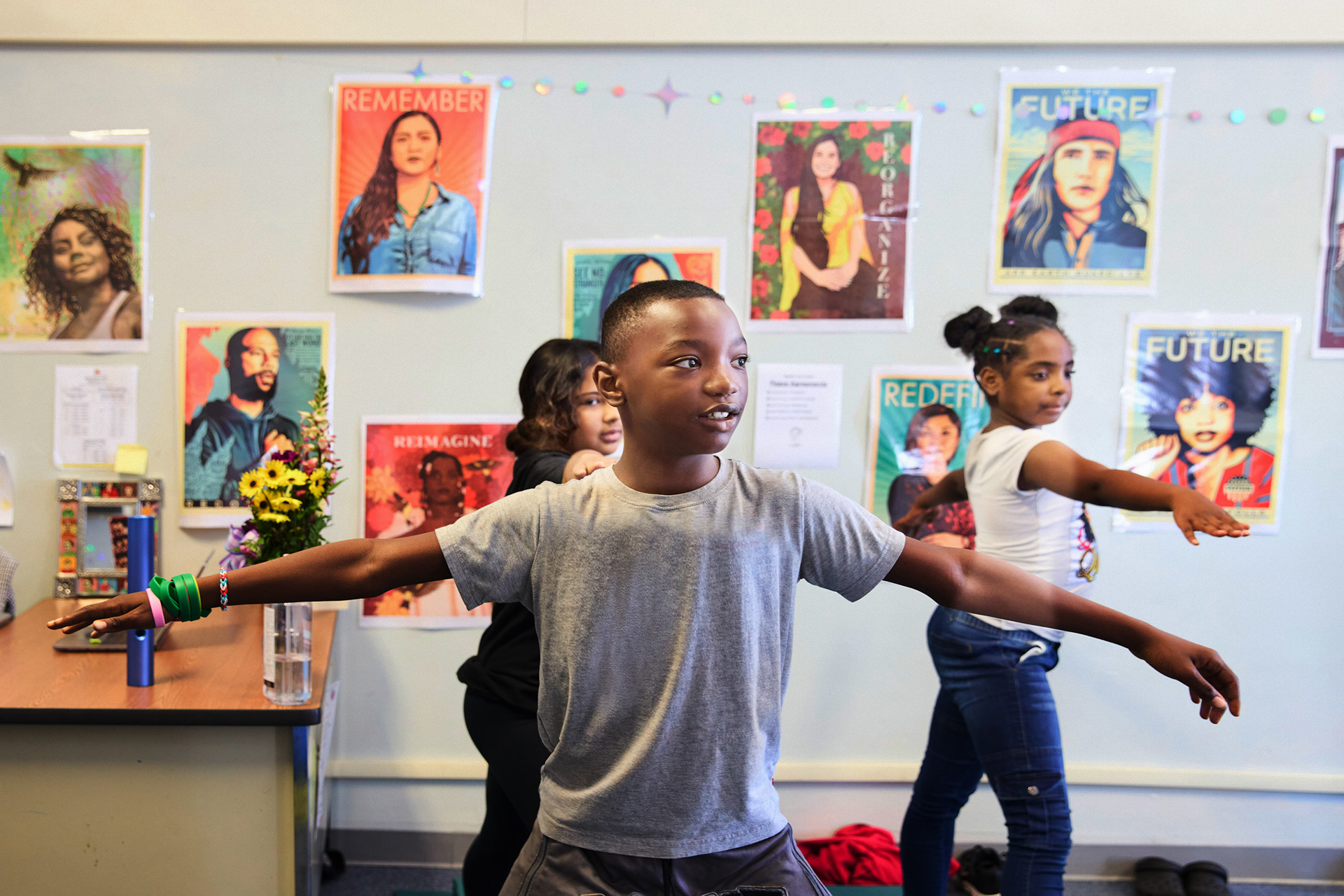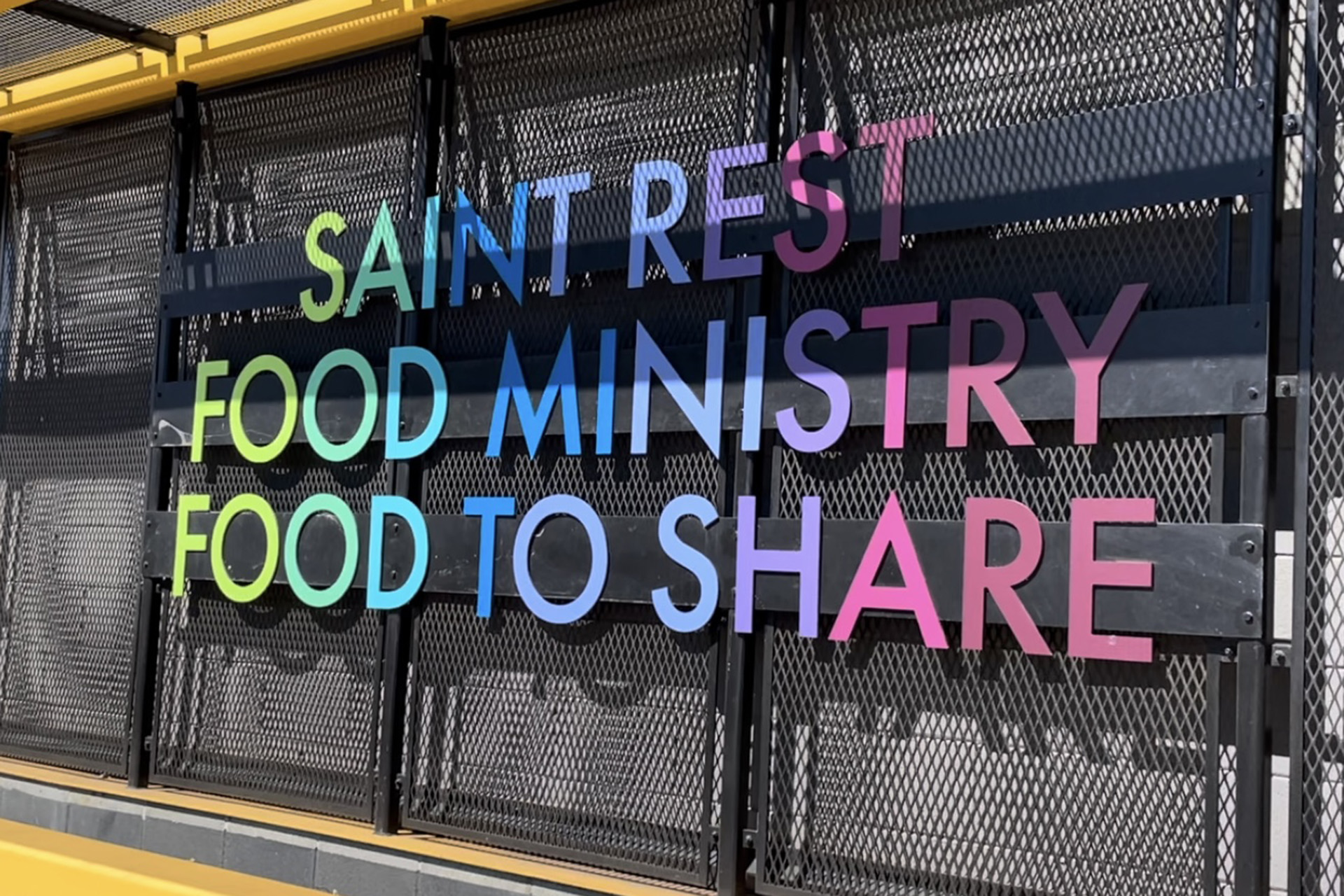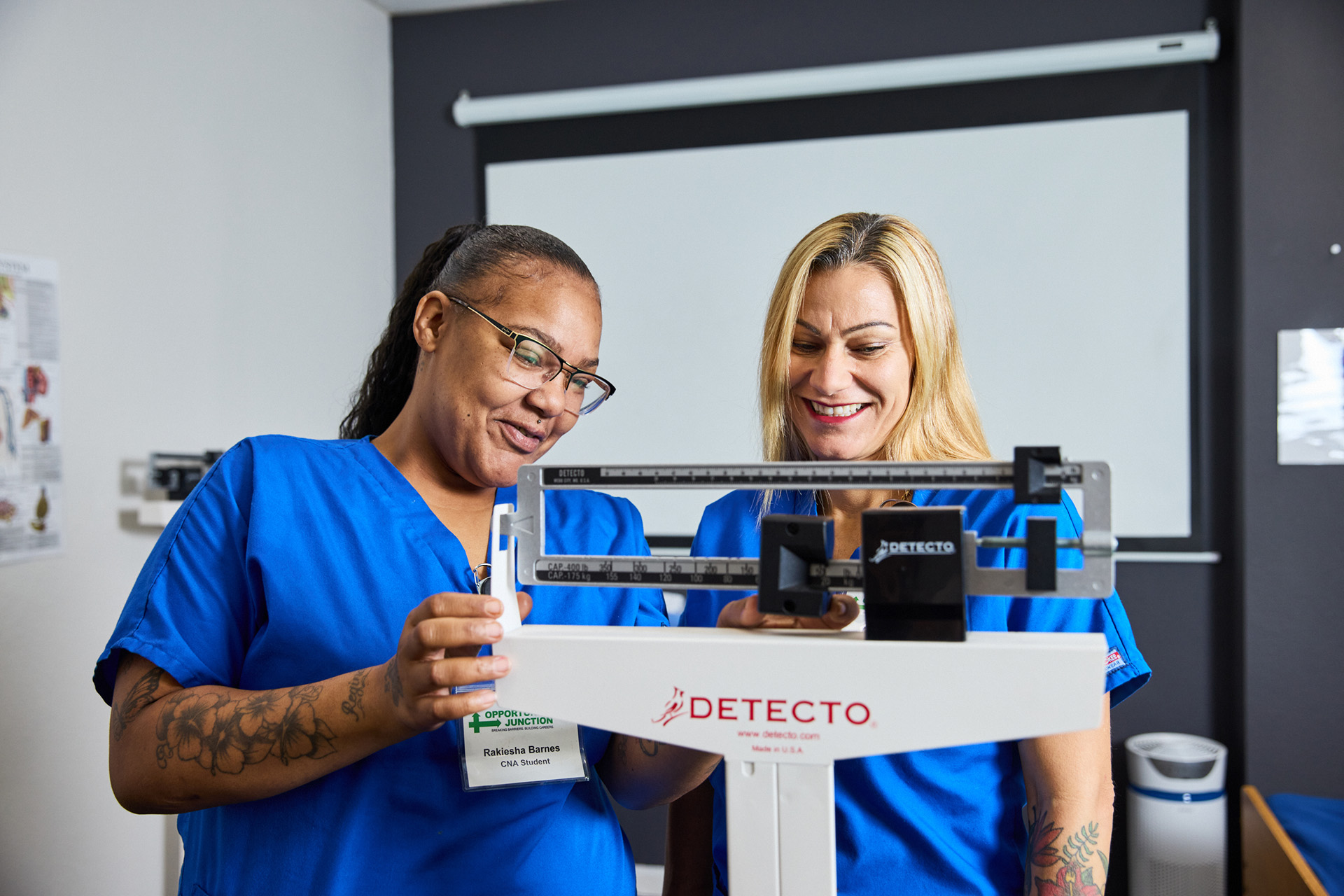The challenge at Oakland nonprofit Youth Radio was deceptively simple: Build an app to help young people with their health.
But with the Apple App Store already offering around 2 million apps, how could the team of young designers and developers make something that would stand out?
Working together at Youth Radio over several months — and leaning on about 100 of their peers within the media and learning institution to test their ideas — the group of high-school and college students tapped into support from Kaiser Permanente to focus on mental health.
According to 2016 data from the National Institute of Mental Health, an estimated 3.1 million adolescents aged 12 to 17 in the United States have had at least one major depressive episode. Yet sometimes finding or making it to therapy can be a challenge for teens and young adults.
That’s when the team landed on their next brainstorm — the emojis used to express feelings. Their free app is called “Mood Ring: The Emoji Journal.”
So far, more than 11,000 people have downloaded it from Apple.
Meet Your Moods
The original mood ring app concept came from Namiye Peoples, who was 16 at the time.
“There are a lot of other kids right now going through a lot of life problems,” she has said. “I feel like people are very disconnected from being social and being open. Their phones are what they keep so close to them.”
Asha Richardson co-founded Youth Radio Interactive in 2010 “with the idea of transitioning young people from being consumers to creators.”
Richardson led the team through all the necessary phases of the project, from brainstorming to eventual rollout on Android and iPhone to marketing.
In between, they collaborated with Kaiser Permanente, Youth Radio’s on-site therapists, and the MIT App Inventor Project.
Richardson likens the app to a diary, a place to chart one’s feelings, perhaps see and address patterns, and share with a parent, teacher, friend, or therapist — but only if one wants to.
While the app may be a way to identify and take action on sad moods, Richardson said, “It’s just as important to recognize when things are okay as when things are not.”
Kaiser Permanente Lends a Hand
There’s thought behind each aspect of the Mood Ring app. Its background screen is a deep plum color selected because it is not childish or gender-specific. Users may choose from among 12 emojis and select multiple ones at once.
On another screen they can write about their feelings, have the option to share, and get a report to see moods broken down in percentages, where they may begin to see trends. Are there certain moods, good or sad, happening on certain days or times? Too many days of tired or lonely?
The developers were careful to not create a diagnostic tool. “Youth Radio does not collect any information,” Richardson emphasized.
Currently, the app has earned 4.6 out of 5 stars among its many Apple reviewers, with positives comments such as this one by a user named Chloe, “I think this is an AMAZING app. I struggle with this sort of thing, since feelings are hard to place for me.”
Stacy Sterling, DrPH, MSW, is a Kaiser Permanente researcher who was invited to review the app in its early stages and again midway in development.
She and colleagues Ashley Jones and Rahel Negusse from the Drug and Alcohol Research Team at the Kaiser Permanente Division of Research provided recommendations including adding more emojis, a running tally of how many days the app is used, and additional mental health resources.
“While Kaiser Permanente offers a wide spectrum of services, our members and the community in general are hungry for more self-help, peer-to-peer interactions, and easy resources. The Mood Ring app really hits that sweet spot,” Dr. Sterling said. “Since it was developed by youth for youth, it has the elements that really resonate with them.”
Mood Ring: The Emoji Journal is free and available in the Apple App store and Google Play store.




This Post Has 8 Comments
Sounds like a great app. Would be great if there is an option for a suicide hotline where people thinking of taking there life can talk to someone trained in the field. And follow up with an appointment.
This is such a good idea. It should connect you to a “positive/or uplifting quote” or meditation for a minute or calming noise. it should all depend on how you are feeling that day. On the Golden Gate they have signs saying “someone loves you” or “someone cares” and I’m sure that could help??
That’s a lovely update suggestion!
Not helpful for those who suffer from severe depression and/or bipolar because it wants you to list basically “why” you are feeling a certain way. And there no way to know. It’s just something you are. If you knew why you felt that way you would not have a problem. I would imagine.
The Mood Ring app is in no way a replacement for therapy and/or medication. As stated in the article: “While Kaiser Permanente offers a wide spectrum of services, our members and the community in general are hungry for more self-help, peer-to-peer interactions, and easy resources. The Mood Ring app really hits that sweet spot,” Dr. Sterling said. “Since it was developed by youth for youth, it has the elements that really resonate with them.”
This is a great idea. Looking forward to sharing…
Love this idea , I will let my teens know and I will use it myself.
My two daughters and I just downloaded the app. Great idea and very impressive.